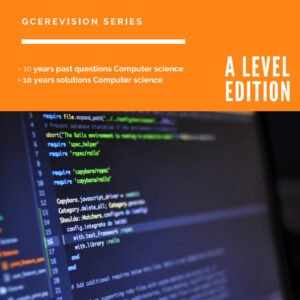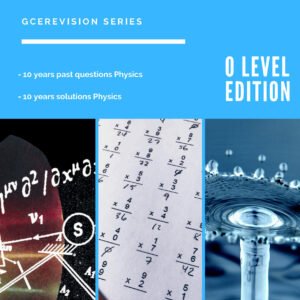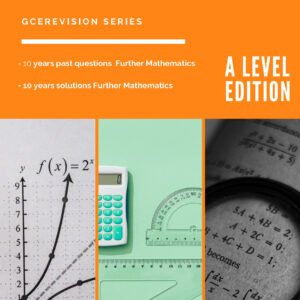cameroon gce A level special technique surveying 2
cameroon gce A level special technique surveying 2
PART ONE: KNOWLEDGE AND COMPREHENSION
NB: Answer all questions in this part
- Define the following words and expressions: (3 marks)
- a) GPS
- b) Geodetic coordinates
- c) Stereo model
- d) Direct stereo effect
- e) Mapping
- f) Map revision
- Differentiate between geocentric latitude and geodetic latitude (0.5 mark)
- a) List the main methods for establishing national geodetic networks (0.5 mark)
- b) State three reasons, why geodetic networks are establish on the territory of a nation (0.5 mark)
III. a) Distinguish between Binocular vision and stereoscopic vision (0.75 marks)
- b) Name the instrument which is used to establish a stereo model? (0.75 marks)
- Describe the various methods of representing relief on a map and the nature of contour lines on a level and hilly area. (1.5 marks)
PART TWO: NUMERICAL APPLICATIONS AND ANALYSES
NB: Answer any two of the following questions:
Question one
- Calculate the three remarkable elements of the following ellipsoid of revolution on WGS84 given that the semi-major axis is at 6378137m and semi-minor axis is at 6356752.31424m. (6.25 marks)
Question two
- During a photographic mission, an aerial photograph was taken at a scale of 1/24000 with format size of 18cm by 18cm and the longitudinal and lateral overlaps were 60% and 30% respectively. At the time of this mission, the focal length of the photographic camera was 152mm and with an operating speed of the air craft being 180km/h.
Calculate the following elements.
- The photographic altitude (1 mark)
- The air base of the survey (1 mark)
- The distance covered by the 60% overlap (1.25 marks)
- The surface area common to a stereo-pair (1 mark)
- The interval between exposure (1 mark)
- The total number of photographs required to cover that area (1 mark)











Venessia
November 30, 2024
Please I need past questions from 2022 to 2023